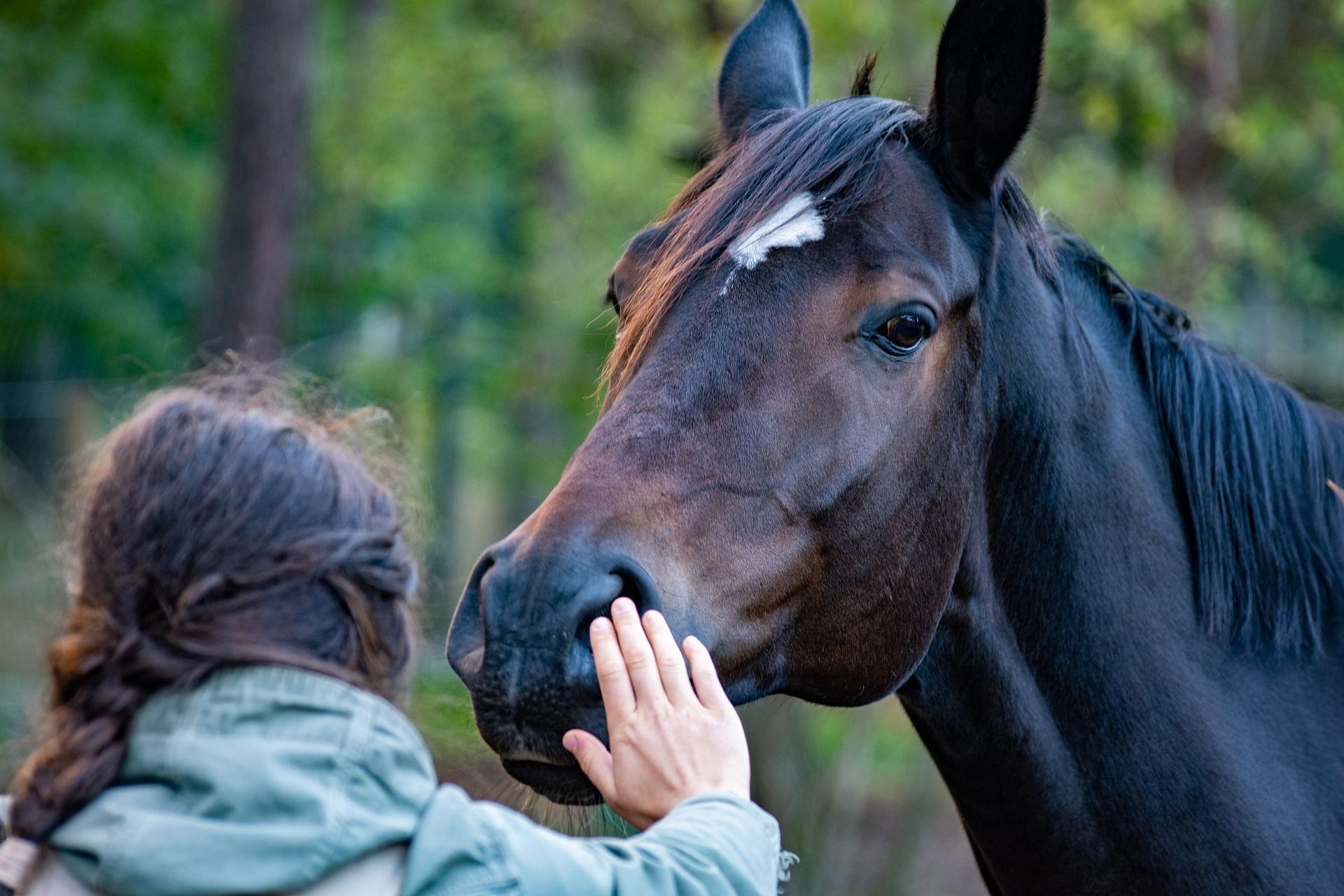Results; Does It Matter How?
Results; does it matter how you get them?

Results.
Does it matter to you how you get them?
When it comes to the entrepreneurial saying, “time is money”, it is true, a timeframe can factor in on finances. But when it comes to the training of any animal, specifically to us here that of the horse training of the horse, at what point is the subject compromised in favour of keeping those in the bank?
There are a multitude of ways that people can obtain results when training horses, some ways are good, some ways are bad. Whether an approach to training is perceived to be good or bad weighs in heavily on the perspective of the individual person applying it, and what motivates them.
Motivation varies from person to person; some are driven by financial gain, getting an immediate, obvious result, whilst others are looking for subtler indicators that things are heading in the right direction; the snazzy term for this is known as successive approximation.
Successive approximation is also known as shaping, a method of behavioural training that is active in my own training approach, working towards the desired behaviour, step by step, breaking it down. I apply this in all areas of my training regardless whether this is working with pressure or positive reinforcement.
For myself, I read what that horse needs and break those steps down to as little as they need. Others may use the same shaping concept but the space between the steps are much greater, more of a jump than a step.
So, which way do you feel would offer more to the horse?
When a person looks to achieve a quicker result or misses a step, this can result in stages of training being missed, or that the horse may spend a higher percentage of the time in flight mode, above threshold due to a lack of understanding; each can be seen in all areas of training, from traditional, to natural, to R+.
Let's step aside from people for the moment and consider the feedback from the one that really matters; the horse!
The horse has the only opinion that counts.
When we are open to achieving training results in the best way possible, either with the help of a trainer or off your own back, the horse will mirror that; they will spend more time in a relaxed, learning state of mind with increased learning capacity and resilience, rather than spending time in flight mode, above threshold, searching frantically for the answer you want, but without the proper steps to get there. Learning takes time. Results take time, and time doesn't cost a thing.
It might not matter to you how you get results, but it matters to the horse.









